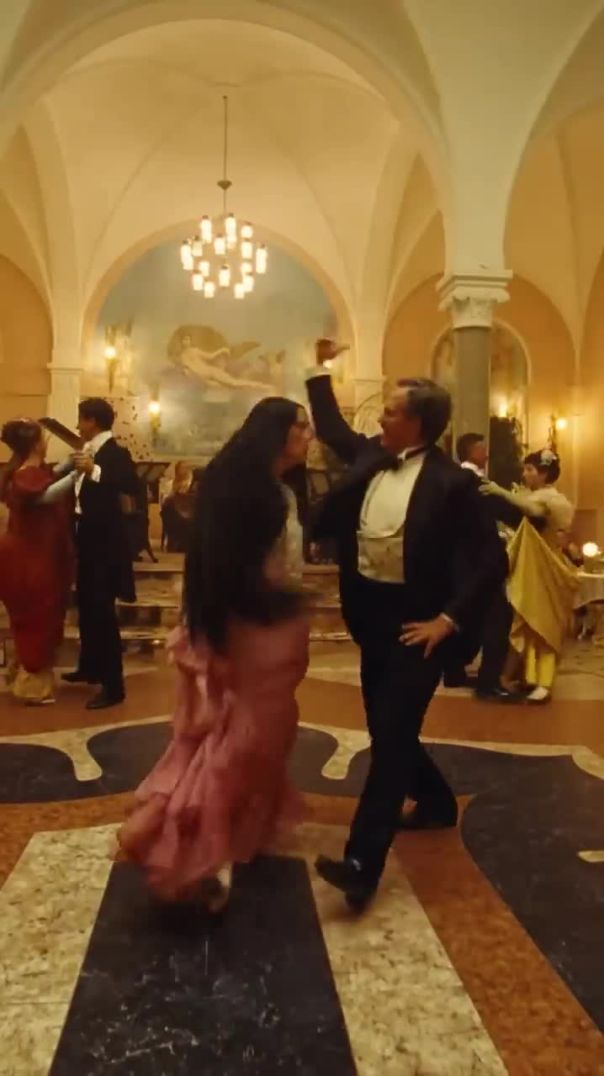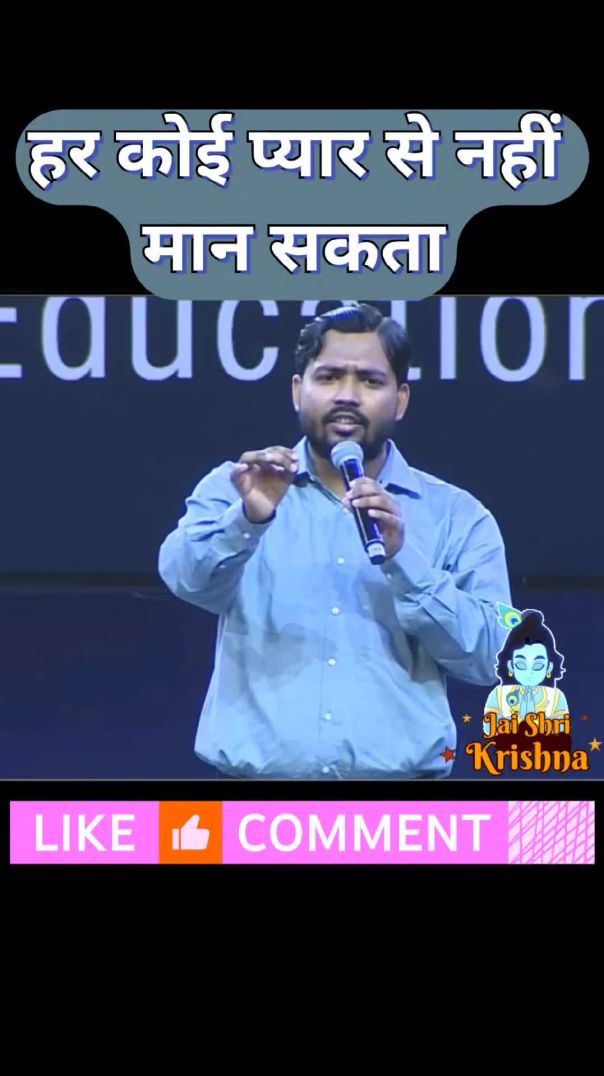4 Views· 26 July 2022
Want to support this channel and help us preserve old films? Visit https://www.patreon.com/PeriscopeFilm
Visit our website www.PeriscopeFilm.com
This b&w educational film is about the United States in the 1930s. It was released in 1959. This film is part 1 of 2. FOR PART 2 VISIT: https://youtu.be/YSlCeS_VLcU
Opening titles: McGraw-Hill Films presents "Life in the Thirties" (:08-1:22). A man puts up a closing sign. The 1930s are upon us and it is the Great Depression. The Great Depression began with the Wall Street Crash in October 1929 and marked a time of high unemployment, poverty, low profits, deflation, plunging farm incomes and economic growth. A man wears a sign: unemployed, will take any job. Men stand around, no money, no jobs. Bread line. Farmers talk, men stand and stare at him. A flyer calls for a strike. People rally, farmers grab guns, jump on a truck, break through a group of people and then pour milk out onto the ground (1:23-4:04). U.S. Capitol building. WW1 veterans march on Washington, they want their benefits. Troops disperse their rally. White House. President Hoover. Men sit in parks all day long, out of work, despondent. People go to banks and withdraw everything, not everyone can as is there is no money left. On the eve of the presidential election in 1932, the financial system is in great peril. People march and protest Hoover. President Elect Franklin D. Roosevelt rides with Hoover in a car to the former's inauguration, they barely speak. The first inauguration for Franklin D. Roosevelt as the 32nd President of the United States on March 4, 1933. People cheer as the car drives by (4:05-8:49). U.S. Capitol at night. Roosevelt doesn't attend the Inaugural Ball, he goes right to work. Newspaper headlines show Roosevelt's attempt at improving things immediately. He closes all banks for March 6-9, 1933. Signs show that people still sell goods and people can return and pay later. Roosevelt addresses the nation in a Fireside Chat. Trains ride the rails. Economists head to Washington, D.C. At the White House, Roosevelt surrounds himself with Raymond Moley, Rexford G. Tugwell, & Adolf Berle. They are part of Roosevelt's new Brain Trust. Through 100 historic days, all New Deal measure passes without question. Secretary of Agriculture Henry Wallace, Secretary of the Interior Harold Ickes, Secretary of Labor Frances Perkins. A hand bangs a gavel, letters open. . General Hugh S. Johnson, head of the NRA ( National Recovery Organization ). Will Rogers supports the NRA. General Hugh S. Johnson gives a speech to the people (8:50-14:47). A ticker tape parade for the NRA, people gather, people seem hopeful. Utah repeals Prohibition on December 5, 1933. Beer is back, real beer. End of Prohibition. 8 states remain dry but 40 do not. A horse pulls a wagon of beer. Beer is poured and served. A band plays, people dance and drink. Couples talk and party. Liquor on display, bartenders make drinks, fill glasses, people toast and drink. A man gets up and out of bed. He puts the shower on, shaves, does his hair. People are returning to work. WPA (Works Progress Administration). A dam lets water loose. Men at work outside. Some men are placed in Government camps where there is work. Farmers watch as cattle grazes. (AAA) Agricultural Adjustment Act was a law designed to boost agricultural prices by reducing surpluses. Men sit around (14:48-19:06). The Dust Bowl --parched, dried out land. Sign reads: No More Dustbowl. The demagogue, Huey Pierce Long Jr., nicknamed "The Kingfish," served as the governor of Louisiana from 1928 to 1932 and was a member of the United States Senate from 1932 until his assassination in 1935. Dr. Francis Townsend was an American physician who was best known for his "Townsend Plan" to end the Great Depression by opening up jobs for younger workers, while forcing seniors to spend more money in the consumer economy. Father Coughlin, the 'radio priest' scoffs at democracy and plays off racial prejudice. Gerald Lyman Kenneth Smith was an American clergyman and far-right political organizer, and leader of the Share Our Wealth movement. Hyde Park on the Hudson, Roosevelt relaxes, drives a car. He appeals to the common man due to his being common. Warm Springs, GA where Roosevelt swims, he couldn't stand or walk due to having polio. He swims with others who cannot walk. In 1936, Roosevelt runs for re-election. He rides a train and meets his followers. Roosevelt speech (19:07-25:09). Republican Governor Alf Landon of Kansas, Roosevelt's opponent. Landon parade. Election Night 1936 - Roosevelt wins by a landslide. Roosevelt has his second term (25:10-26:53). No end credits, end of Part 1.
This film is part of the Periscope Film LLC archive, one of the largest historic military, transportation, and aviation stock footage collections in the USA. Entirely film backed, this material is available for licensing in 24p HD, 2k and 4k. For more information visit http://www.PeriscopeFilm.com



























0 Comments